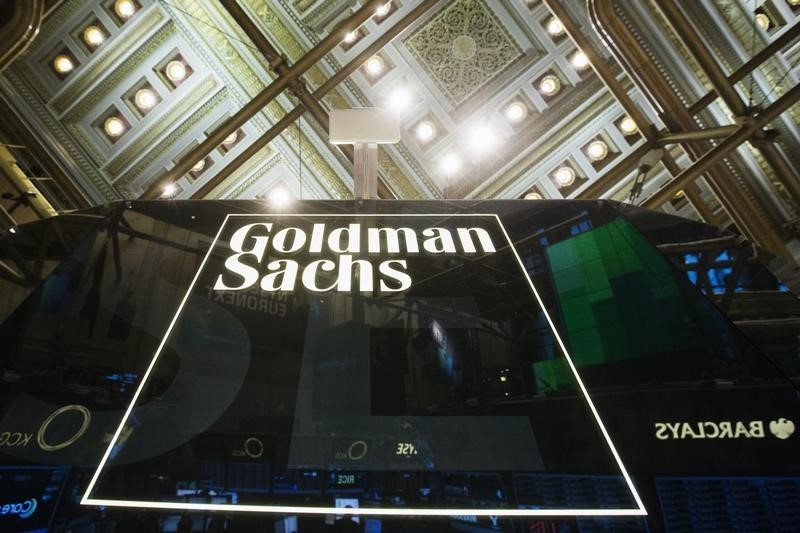(Bloomberg) -- In the equity market, fear of missing out seems to be overshadowing fear of all that’s wrong with the economy. Goldman Sachs Group Inc (NYSE:GS). says pessimism will soon get the upper hand and send the S&P 500 Index down almost 20% in the next three months.
Fiscal and monetary support over the past few weeks of the coronavirus pandemic successfully warded off a financial crisis, but a return to economic normalcy is still a long ways away and investors have gotten ahead of themselves, the bank’s chief U.S. equity strategist, David Kostin, wrote in a report.
Financial, economic and political risks darken the outlook for domestic equities, Goldman warns. The bank cites the lack of flattening in the U.S. infection curve outside of New York, what promises to be a lengthy re-start process, a 50% hit to buybacks in 2020 and the risk of higher corporate taxes and de facto consumption taxes if U.S.-China trade tensions bubble up again.
“A single catalyst may not spark a pullback, but a number of concerns and risks exist that we believe, and our client discussions confirm, investors are downplaying,” Kostin wrote. Goldman says the S&P 500 will probably drop to 2,400 over the next three months before it rebounds to 3,000 by year end.The index slumped 0.5% Monday to 2,914 as of 9:45 a.m. in New York.
Kostin notes that large swaths of the investor community have failed to cash in on the S&P 500’s 31% surge since its trough on March 23. He points out that most mutual funds have underperformed since the bear market low, with long/short and macro hedge funds posting single-digit returns as a group, and investors may face pressure to chase the rally.“The ‘fear of missing out’ best describes the thought process,” Kostin said.
But he warns that it’s a risky move. Even with measures of the breadth of the recent rally improving in recent days -- potentially signaling more buy-in on the idea the gains will last -- Goldman Sachs’ sentiment indicator has barely improved since mid-March.“Skepticism abounds regarding the likelihood the rally will continue,” the strategist writes.
Kostin is pessimistic on the outlook for corporate profits, citing frozen growth plans and capital expenditures will drop 27% this year. He points out that the only encouraging driver for earnings is the swelling federal deficit, which in effect acts as substantial support for demand.Caution on equities may also be warranted in the face of stretched valuations -- to the extent that anything about 2021’s bottom-line outlook can be discerned.
The benchmark U.S. stock gauge trades at 19.5 times the buy side’s estimate of next year’s earnings, Kostin concludes, the highest level since 2002.
©2020 Bloomberg L.P.
